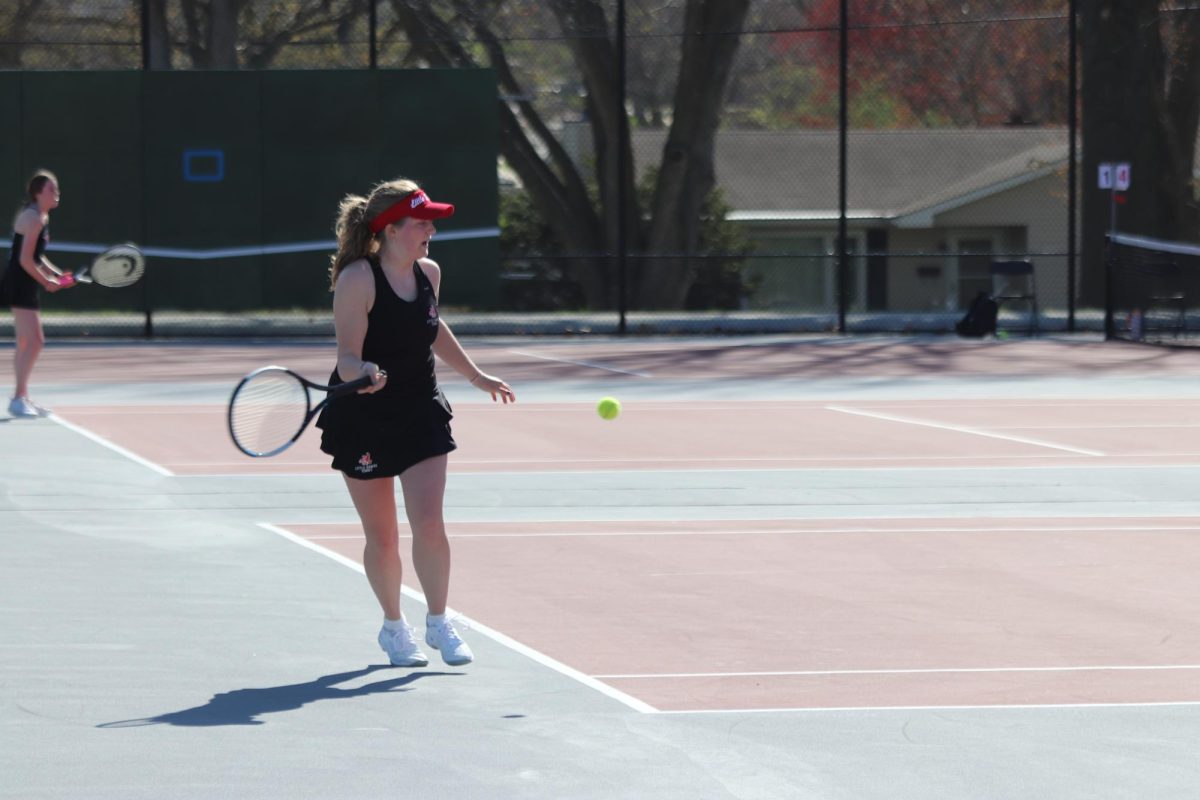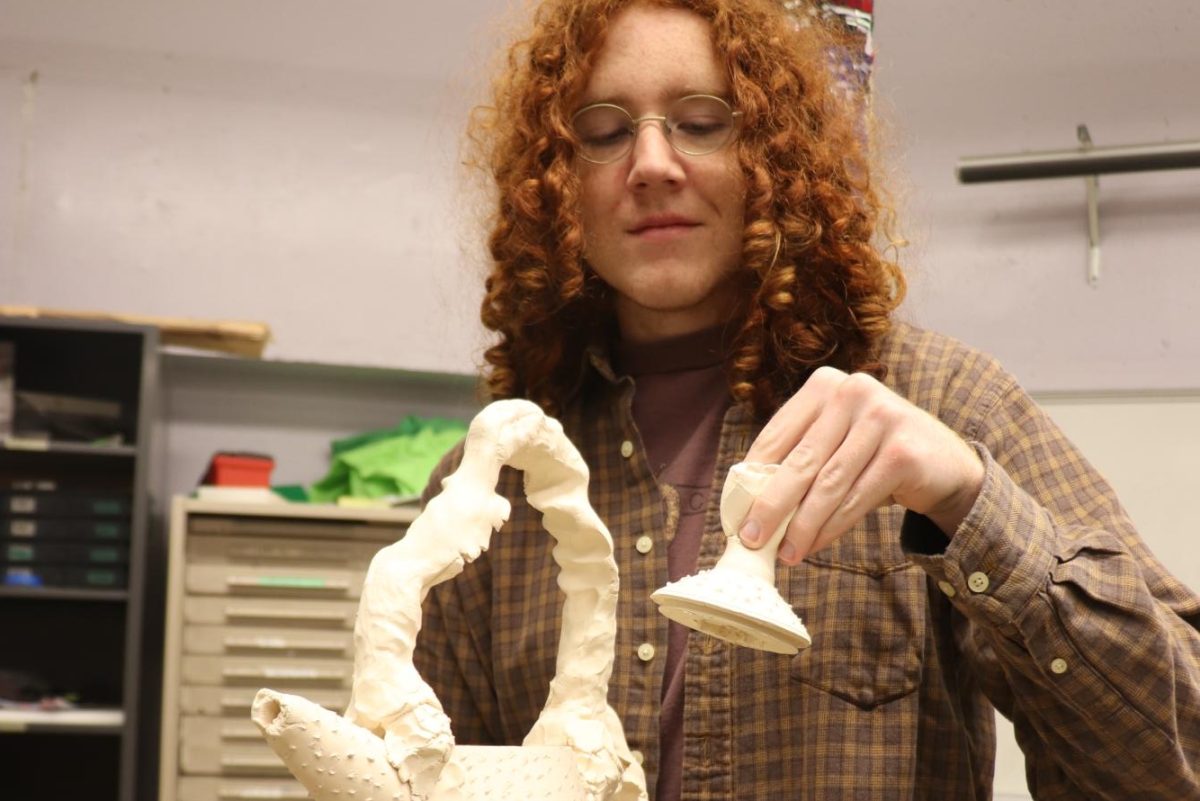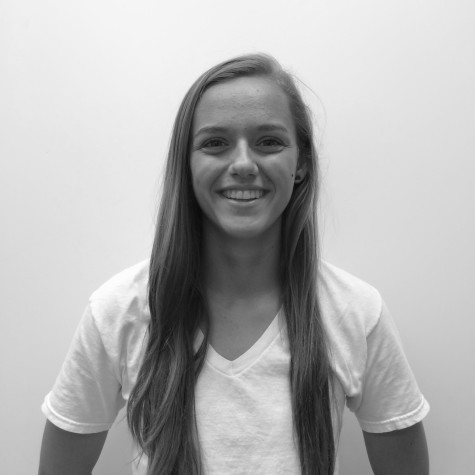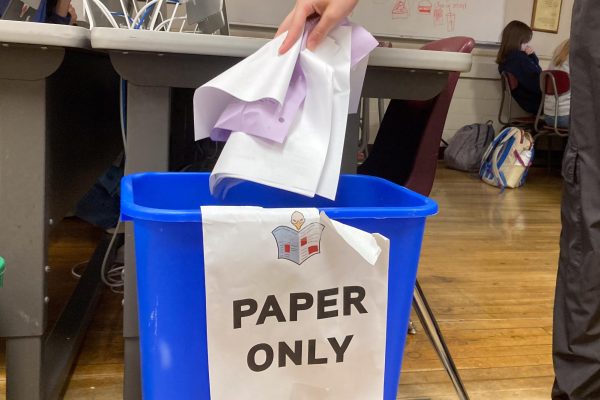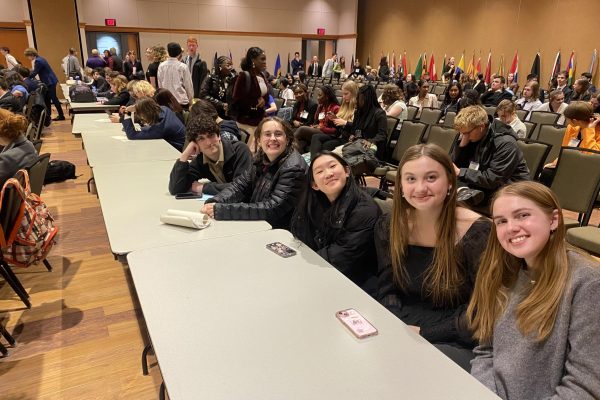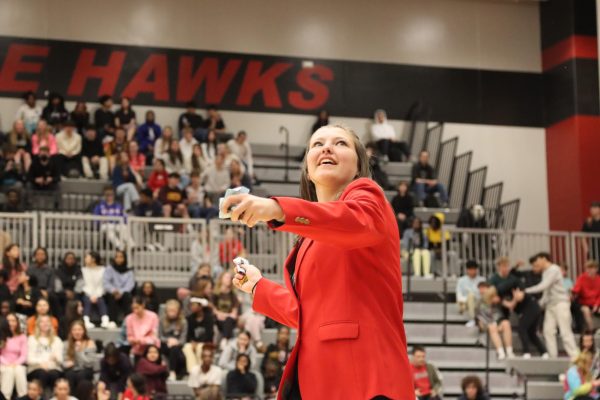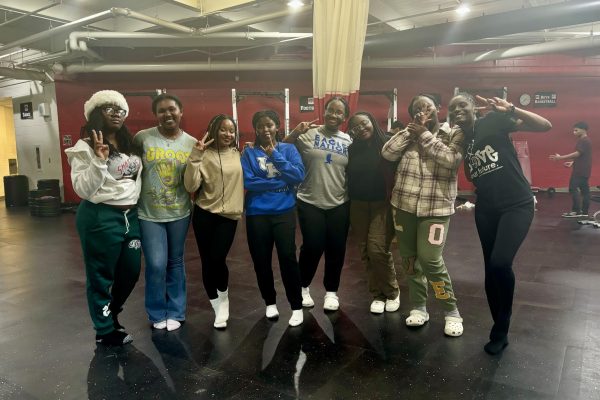City High student population continues to rise
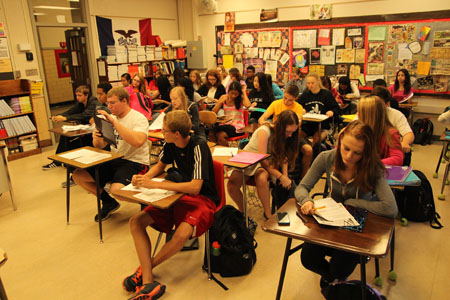
September 25, 2014
Backpack to backpack and shoulder to shoulder, City High students shuffle to the cafeteria through the math hallway, barely able to breathe in the congested space.
“I try to do a polite, but firm, ‘I’m walking here’ kind of thing,” Naftalia Flatté, ‘15 said. “But often, there’s maneuvering with fancy footwork that you have to do to get around people.”
During the 2009-2010 school year, City High held 1,375 students. Within the past four years, City High has grown over 200 students. While the official numbers have not been released for the 2014-2015 school year, The School That Leads is projected to have 1,625 plus students.
“When the dust settles, we may end up with 1,650 students as we continue to have new students going here,” Principal John Bacon said. “This is just significant growth- a 250 student increase in five years.”
While 1,625 students seems like a large amount, City High’s attendance has been significantly higher in the past. Historically, the high point for the school has been over 1,700 students.
“This was before me, of course,” Bacon said. “But I’m told that rooms were used almost every period of the day.”
City High’s official capacity is around 1,800 students, well below the current enrollment numbers. However, several temporaries have been built behind the school to more comfortably fit the growing numbers of students.
In addition to the growing enrollment numbers this year, six and a half teacher positions were also cut from City High due to the recent district budget cuts, exaggerating the problem.
“There is no question that we had to be meticulous in the balancing of sections,” Bacon said. “To try to make sure that we don’t have gigantic sections and small ones.”
Even through the balancing of sections, the number of students enrolling as the year goes on causes classes to grow past the previously balanced numbers.
“Some classes I’ve heard get really huge,” Michael Olesberg, ‘15 said. “It’s like the time Mrs. Davis came in to my English class and was like ‘Do you have an extra desk? I got my 35th today.’”
In contrast to the 2013-2014 school year, where average class sizes were in the upper 20’s, the 2014-2015 school year has classes closer to the 32 student max that the ICCSD recommends. The average class size for social studies and P.E. is the highest, at 30.9, while Project Lead the Way has the smallest classes, with an average of 23 students in each class. The core classes of math, English, and science all have an average size of over 28 students, which can present a challenge to those trying to learn.
“When teachers have a smaller group of kids to work with they can teach more personally to them so they can help them learn better,” Claire Rutherford, ‘16, said. “When it’s a bigger class it’s just harder to make sure they understand it well.”
The larger student body has also put pressure on the common areas of the school, especially the hallways.
“I think it’s palpable in the halls when you walk and go around,” Doug Lestina, Dean of Students, said. “Especially in the math wing, hallways are a little tighter, there are some tight corners that seem to have a little more traffic this year.”
Along with the hallways, other common areas are becoming increasingly congested, in particular the cafeteria.
“I was very concerned about the cafeteria, we discussed ‘do we need to add a fourth lunch shift?’” Bacon said. “The cafeteria staff felt confident that we would be okay and I think we have been.”
While lines in the cafeteria are longer, students say the lines in the parking lot are even more extreme.
“The parking lot is completely filled up,” Flatté said. “With morning swim practice, I can’t find a place to park and it’s very difficult.”
It’s the hope of the administration that as the year continues, these issues will sort themselves out. City High is projected to continually grow over the next couple of years as well. However, the administration does not see this as too big of a concern.
“We’re working very hard to figure out our pressure points, and working with the school district to determine what kind of relief we might be able to have,” Bacon said. “If we needed to continue to serve more students, we could.”







